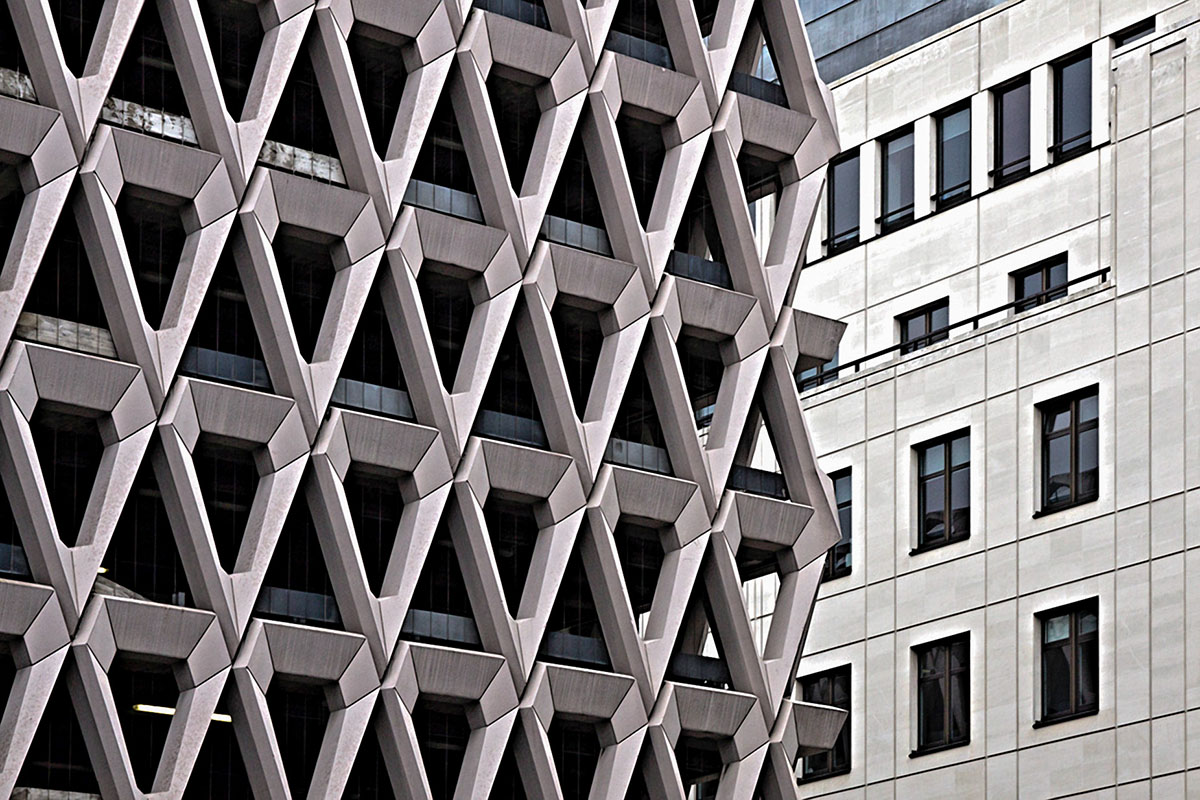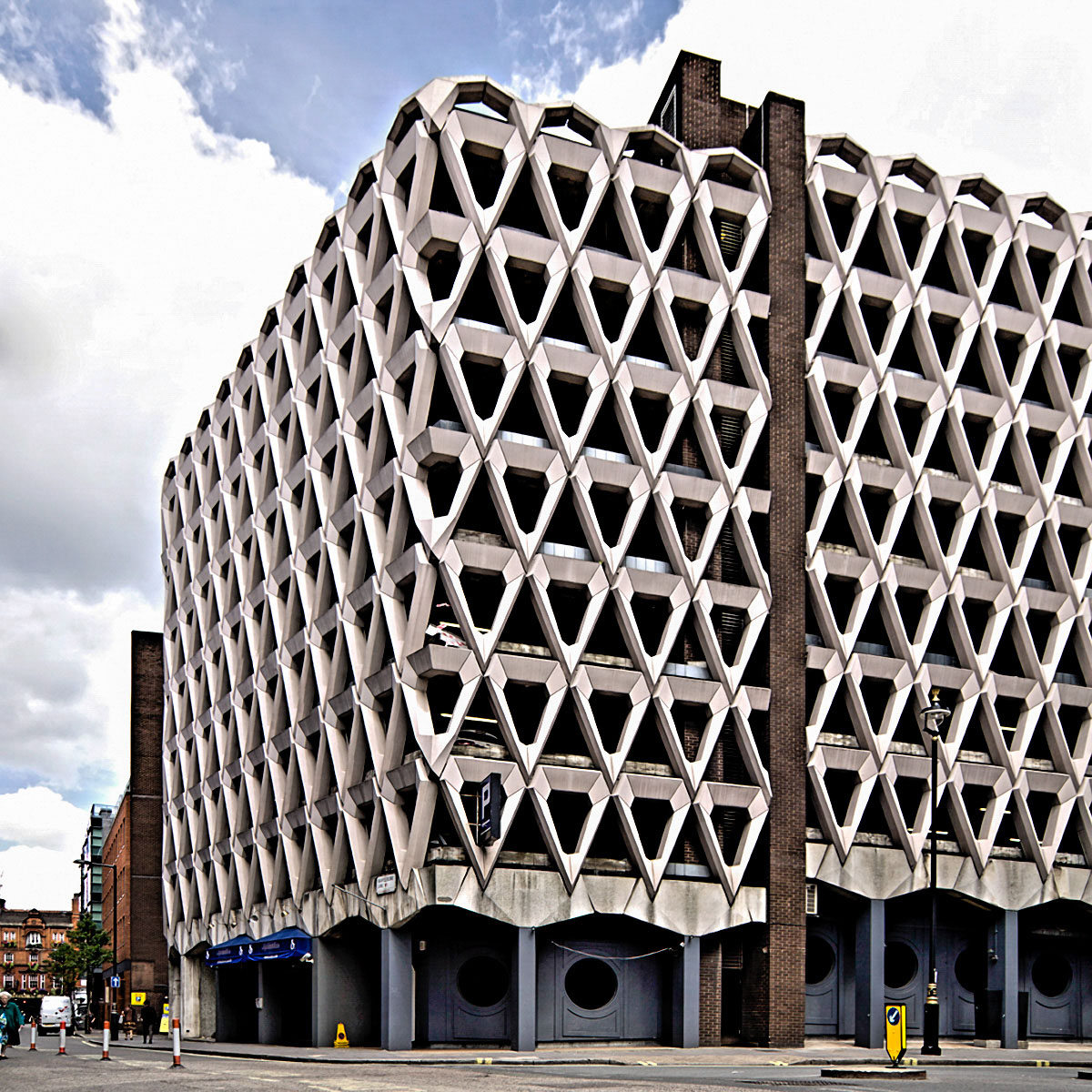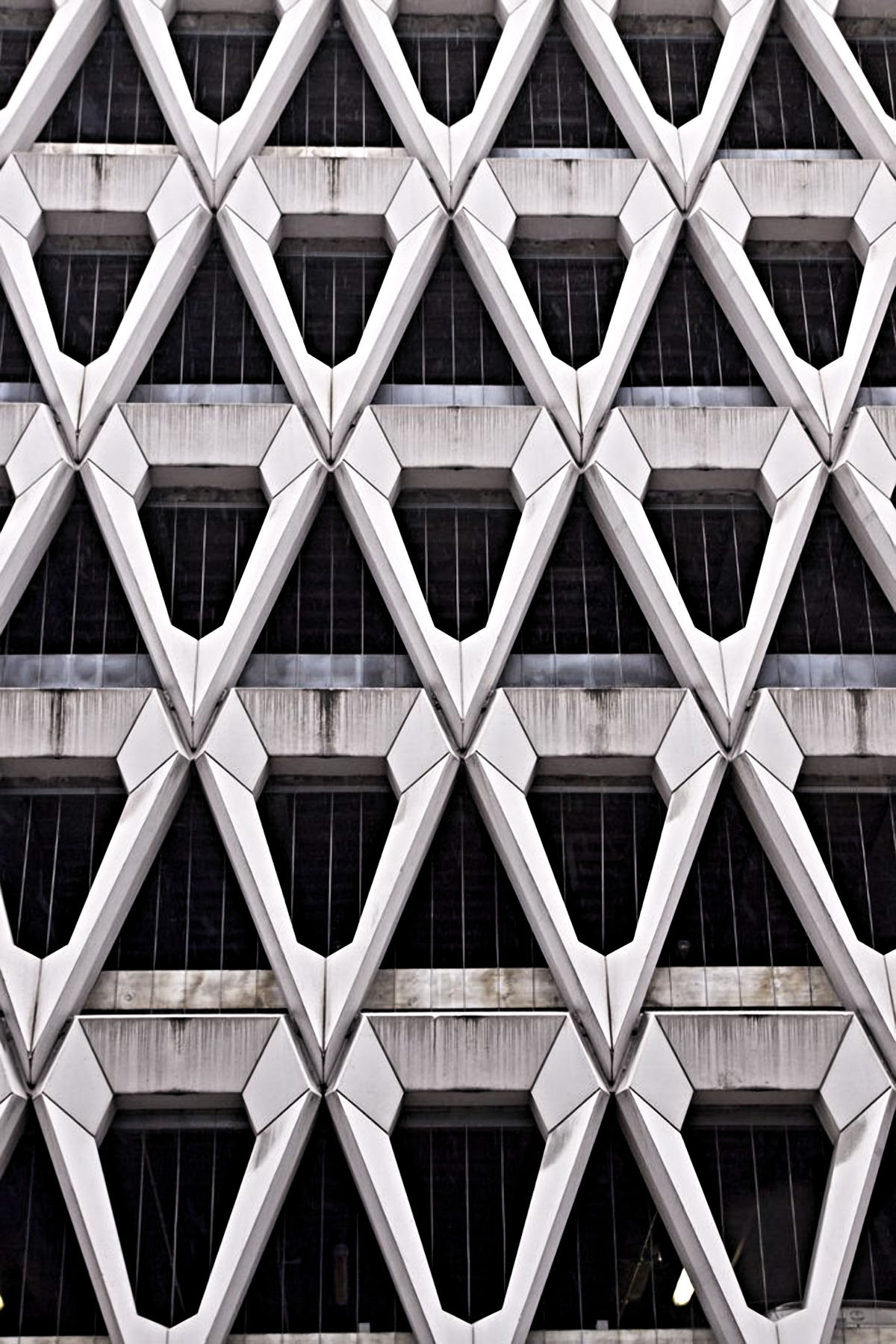Submitted by WA Contents
"People should have appealed before the decision came to the committee" says David Boothroyd
United Kingdom Architecture News - Aug 29, 2017 - 11:41 10449 views

Two weeks ago World Architecture Community reported on the demolition of London’s brutalist Welbeck Street car park, announced by the Westminister Council, which includes the transformation of the brutalist building into a 10-storey hotel with a spa, restaurant and roof terrace by Eric Parry Architects.
Following this critical decision, the demolition of this brutalist-era car park has received a lot of reactions and comments on our Instagram, Twitter and comments section. The majority of the readers asked that why couldn't it be converted to something else instead of demolishing the building. But, the procedures on the planning applications for London show that this is not the case that has to be considered for this project, understands World Architecture Community.
"Planning committees have to consider the application in front of them. A planning committee can't refuse an application on the basis that they would prefer the applicant to have submitted something else. So whether or not the car park could have been converted isn't really relevant," David Boothroyd told World Architecture Community.
"If people want the car park preserved, it might have been an idea to object to the planning application before it came to be decided by the planning committee, rather than protesting after the committee made a decision," added David Boothroyd, a committee member from the Westminster City Council.
"The right of appeal of planning decisions is one-sided: someone who applies for planning permission and is refused can appeal to the Planning Inspectorate, but there is no right of appeal if someone objects to a planning permission and the committee grants it."
"The only way to stop a planning permission which has been granted by a committee is through a Judicial Review court case, in which the opponents have to prove that the process followed was unfair or wrong (not that the decision ought to be reversed)," explained David Boothroyd.

"Because I was on the committee and we only no more than two objections over loss of the car park. There was nothing from any major architectural group. I was expecting more and said so. You can't expect councillors to defend buildings unless you make a fuss about their significance at a time when it can actually influence the decision."
Located on London’s Oxford Street, the Welbeck Street car park draws a very distinctive design with its diamond-patterned facade made up from prefabricated concrete. The project was originally designed by Michael Blampied and Partners in the 1960s (1968-70) and planned for local department store Debenhams.
This iconic structure is now waiting for the London Mayor Sadiq Khan's approval for the demolition but "Khan has to approve the application because the new building is over 30m, but has already indicated they support it," explained Boothroyd.
"The permission then won't be formally issued until the developer has agreed the amount of planning gain payments to the council."
In 2016, the Welbeck Street car park was sold to Shiva Hotels with £100 million deal and closed in March 2017 to be designed as a new hotel. As the owner of the new property is Shiva Hotels, the investor group will decide when the construction work will begin on site, depending on their building control permissions, according to Boothroyd.

Regarding the control of this decision, David Boothroyd draws attention to the processes before the planning decision is made and he adds "The Council has to hold a consultation about a planning application. It sent out 169 letters to nearby properties, and also told some groups that the council has a legal duty to inform and others which have asked to be informed about planning applications."
"Anyone could make comments even if they did not get a letter. There is at least 28 days allowed for people to comment. All the comments that are sent in are copied to the members of the planning committee before the meeting," according to David Boothroyd.
"I have notes of what was said at the committee (but they're not with me right now), but I think I remember some of the other members who expressed dislike for the current building. I know I said that I was surprised there were not more letters and emails from people calling for it to be saved from demolition."
David Boothroyd, who also explains the views of members of the committee on the structure, points out that some members on the committee do not find the brutalist architecture interesting enough so this creates a division while giving decision.
"Some councils have a group of architects who advise councillors on the design of new buildings. During planning committee meetings, a design officer sits at the table to give advice on heritage and design issues. But planning decisions are not purely architectural ones," he added.
"Although Westminster City Council is the planning authority for the site, the legal situation is that no planning permission is needed to demolish Welbeck Street Car Park. Demolishing a building is 'permitted development' (meaning it does not need planning authority approval) if the building is not Listed or in a Conservation Area."
"In 2015 English Heritage decided that the Car Park was not historic or distinctive enough to be Listed. Even if the planning committee had wanted to keep the Car Park, it could not have prevented it being demolished."
"Even if the car park had been in a Conservation Area, the government's National Planning Policy Framework says that planning authorities have to balance any harm done to heritage assets against the desirability of the development. In other words, showing that an area would be harmed by demolishing a building doesn't in itself mean the demolition can be stopped, explained David Boothroyd.
If everything goes on a plan, the Welbeck Street car park will be torn down very soon and people will see a new hotel on the corner of the street. Even if you aren't there, you can see that the building emphasizes the street as strong as it can be with its dramatic facade.
All images © Artur Salisz
> via Westminister Council
